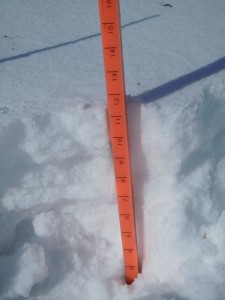
Across much of the Corn Belt there has been pretty good snow cover since the beginning of 2011. On February 12, 2011 it was not snowing in my hometown of Winona Lake, IN so I decided to take out the snow shovel and dig in my cover crop plots to see what was going on. On February 10, the real temperature was down to -11 degrees F and we’d had quite a bit of wind as well the past few weeks – so I didn’t know what to expect. I know that snow is a great insulator but we’ve been cold the past 6 weeks.
I was VERY pleased to see green as I dug through the 12″ deep blanket. I also took my spade out to the plots and decided I’d try to dig if the ground was not too frozen. What a great idea! I did not try to dig beyond 10″ but I found plenty of roots and even signs of mychorrizia growth. My plots had been planted late into exceptionally dry soil.
So was it “worth it” to get some cover crop growth? I’d suggest the answer is “YES” as I have LIFE in my soils in February and not the typical “nothing” going on where there is no cover crop. While the cover crops were not tall I have annual ryegrass roots at least 10″ deep. Earlier in the fall I found radish roots 9″ deep before the early December snows came. I found nodules from the crimson clover at 4″ deep (and living crimson clover plants).
I’m not sure why (but I have an idea)…but where I have cover crops I could get the spade in the ground. Where I had no cover crop the ground was too hard to get the spade in! Tell me what you think about that!
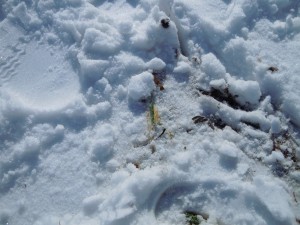
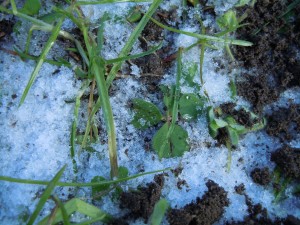
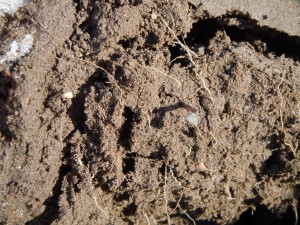
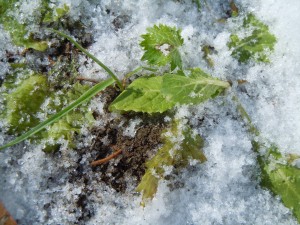
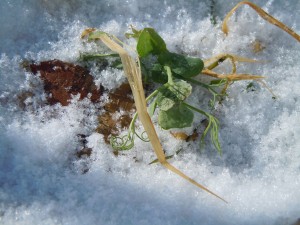
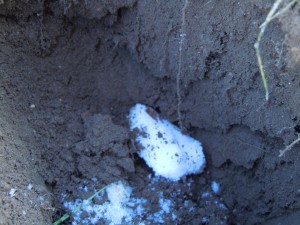
I’ve attached several photos with descriptions for your enjoyment!
I just came across your site. Pretty good, I’ll pass it along. We have 65 acres of radish and 30 of annual ryegrass for covers this year. Planning for all standing corn getting ryegrass flown on this Sept. tom from sewi
Posey County Indiana, Austrian winter peas look to have over wintered well with about 6-10 inch of growth.